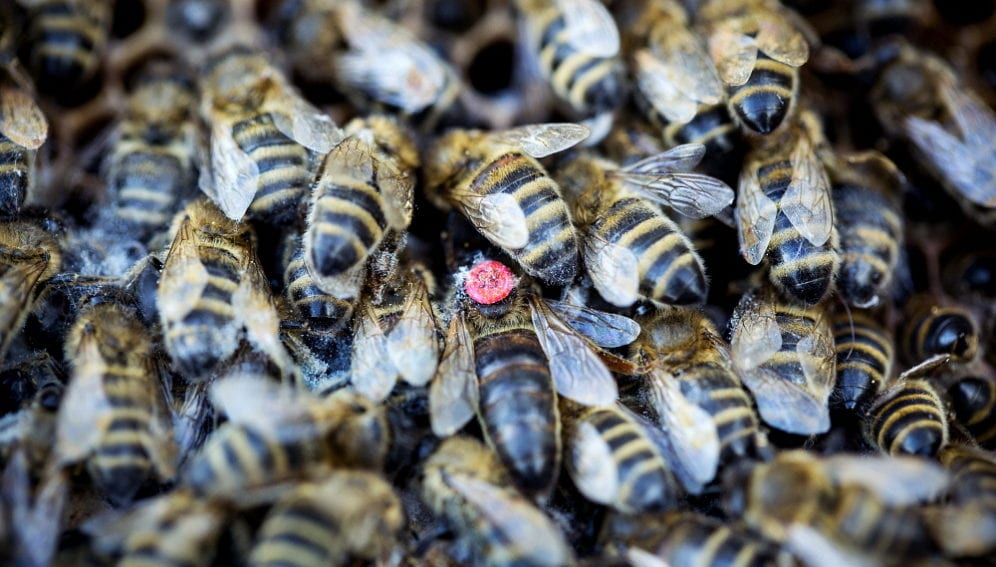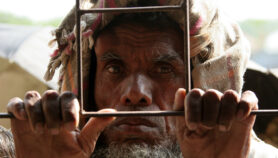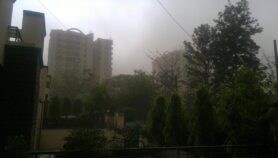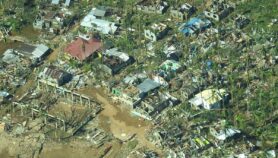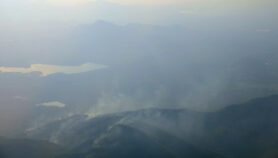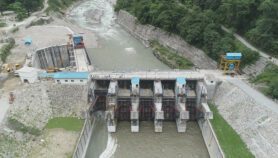By: Nithin Coca
Send to a friend
The details you provide on this page will not be used to send unsolicited email, and will not be sold to a 3rd party. See privacy policy.
[JAKARTA] Traditional knowledge on natural disasters in the Pacific region has the potential to work with technology to save lives, says a study from the University of Tasmania in Australia.
The study published in the open access site Taylor & Francis Online looked at warning signs for tropical cyclones and summarised field research conducted on Druadrua Island in Fiji and Uiha Island in Tonga, which included community interviews and a focus group discussion with students.
“I wanted to look at remote islands within small and remote countries and see how they cope with disasters and how is that different from major islands,” Ingrid Johnston, the author of the report and a sociologist, tells SciDev.Net.
The study documented numerous known warning signs of cyclones days or even months in advance, such as the nesting behaviour of bees and hornets under the tree, changing ocean currents and tides, and the appearance of particular birds.
“It was really striking how on two different islands, with no connection between them at all, warning signs were almost described word for word as the same,” says Johnston, noting that this shows that “traditional knowledge may be just as important as western scientific knowledge”.
The study also found that locals were using technology – most commonly, radio – to verify and act upon warnings culled from traditional knowledge.
Johnston stresses it is important for disaster planners “to understand these [warnings], and the best way to do that is to use local knowledge and sources in combination with technology.”
She thinks it is likely that the warning signs in Tonga and Fiji have scientific backing, but more research needs to take place over a wider area to verify these.
“When I first presented the paper last year…lots of people came to me saying they were very interested, particularly people from South-East Asia who had themselves grown up on small islands and felt the findings were similar to their own experiences,” Johnston says.
Thingreiphi Lungharwo who works with the Asia Indigenous Peoples Pact agrees that traditional and indigenous knowledge is effective in both warning about coming disasters and preparing for them.
But Lungharwo rues that despite the “vast body of knowledge that indigenous peoples have accumulated”, governments and disaster management institutions continue to “systematically overlook and discard this knowledge, often in favour of ‘Western’ scientific technologies on disaster response and risk reduction”.
Adds Luisa Maffi, co-founder of Terralingua, a Canadian NGO focused on preserving biocultural diversity: “Western science is good at resolving a lot of problems, but it is not the only answer.”
“Development workers need to come in with enough humility to set aside their own preconceived ideas and be prepared to recognise that traditional knowledge is extensive, valid and has guided human society for thousands of years,” Maffi notes.
>Link to full paper in Taylor & Francis Online
This article has been produced by SciDev.Net's South-East Asia & Pacific desk.
References
Taylor & Francis Online doi: 10.1080/17477891.2015.1046156 (2015)


